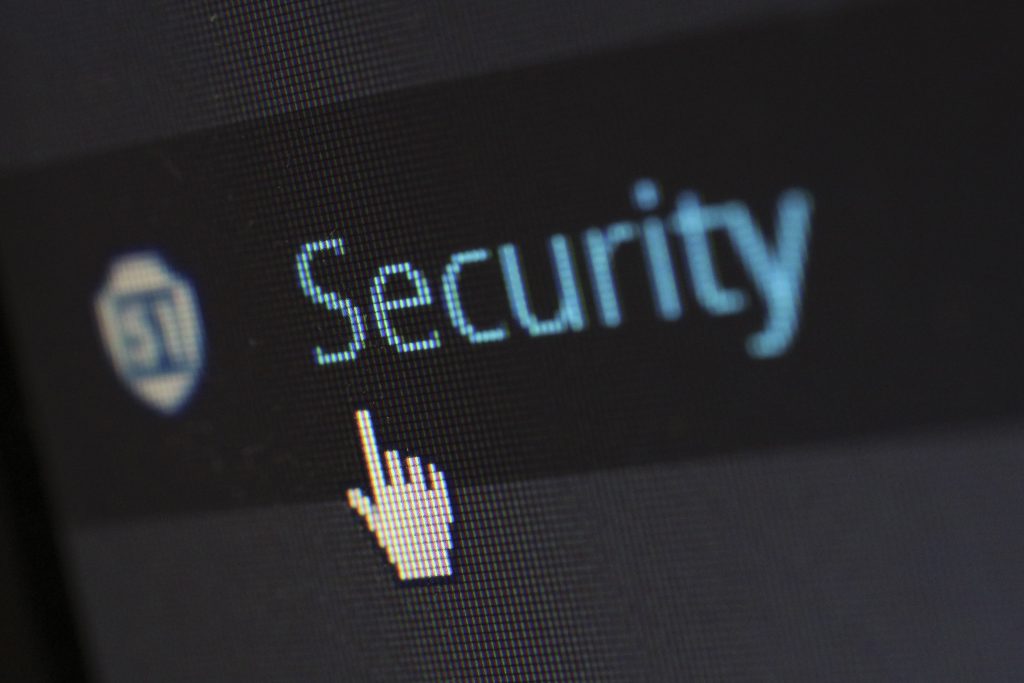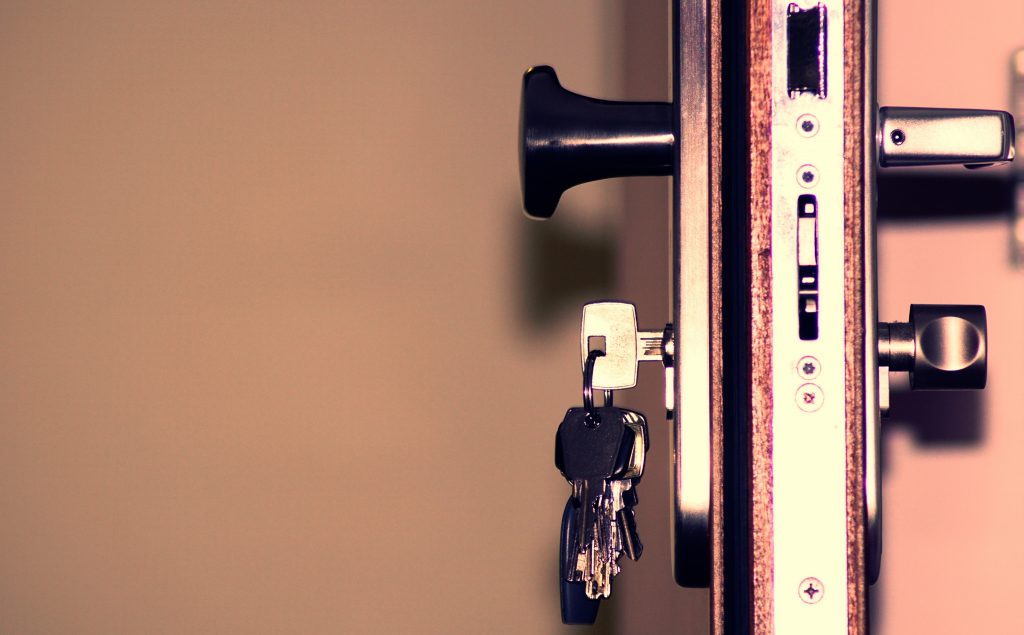If you’re interested in getting a door access control system for your home, you’ve come to the right place. There are several different options available, from key cards and key fobs to Biometric sensors and Motion sensors. You’ll want to choose a system that will integrate seamlessly into your home’s security system, but you can also select a customized option. You can visit the door access control system for more information.
Key cards
There are several different types of key cards for door access control systems, and each uses a different technology. Magnetic strip keycards are the most common type of key card, but there are also other types available, such as barcode cards. Barcode cards use a complex algorithm to match an individual card with a specific lock. The card is then placed under an electronic scanner, which scans the unique barcode on the card to verify that the person holding it has the authorization to enter. You can also check virtual reality London.
These key cards are inexpensive and easy to manufacture, and they’re also very easy to program and manage. Most cards are thin, flexible plastic with embedded chips and magnets. However, they are also fragile, so companies should consider using heavy-duty cards to ensure they don’t bend. Key cards also can be used to authenticate staff members as well as visitors to a facility.
The basic working of key cards is very similar to that of a fob lock system. The card hardware is powered by a transfer wire, and a control panel instructs the lock to provide voltage to unlock the door. Modern key cards are programmed into the control panel using browser-based software, but older systems use a keycard scanner to program cards. Some systems also incorporate a door buzzer entry system, which uses intercom technology and credential reading technology.

Key fobs
A key fob access control system has a number of benefits, including the ability to control access time and day, and the ability to detect the presence of an authorized person. The technology can also be integrated with other security systems, such as CCTV. This system offers a number of advantages for a business, including the fact that key fobs do not require new locks or keys. Additionally, these systems are inexpensive to implement and do not cause any mechanical wear on doors and locks. Furthermore, key fob access control systems often use radio or Bluetooth technology to communicate with each other.
A key fob access control system can be used in a number of industries, including businesses, homes, and hotels. They can also be integrated with other security features, including cameras, alarms, and two-factor identification. However, while key fobs are extremely versatile devices, they require a trained professional for installation. For the best security measures, you should work with a security company to install key fobs for door access control systems.
Key fobs for door access control systems are becoming increasingly popular. They work by sending radio waves to an electronic reader, which unlocks the door without physical contact. These devices are becoming popular and widely used, as they eliminate the need to deal with metal keys wriggling around in locks.
Another benefit of key fobs for door access control systems is that they make changing the access level very simple. These systems can even let employees or visitors into different areas. Unlike traditional locks, key fobs are easier to manage and keep track of, and can even be programmed for different levels of security.
Motion sensors
Motion sensors are one way to monitor the activity of a person or group. They are typically built into gadgets and detect movements based on IR or Pyroelectric radiation. In some cases, dual technology sensors are used, which can help reduce false alarms. However, these sensors are not foolproof. They may still trigger false alarms if there is very little movement in the area.
Motion sensors also play a key role in home security systems. In addition to monitoring your doors and gates, they can detect trespassers, and alert you when someone enters or exits the building. If you have a security camera, the photos taken can be used in a court of law. In addition, they are used in many new technologies, including automatic doors, certain smartphones, gaming consoles, and robotics.
Choosing the best type of motion sensor depends on your needs. Some sensors are basic and can be set and forgotten, while others offer advanced features. It is important to choose one that fits your requirements and your home security budget. This way, you’ll be able to enjoy maximum coverage with the least amount of hassle.
Motion sensors can also activate your door openers or garage door when someone approaches it. They can also save you money on your electricity bill. They detect movement when people enter or exit a room and trigger lights or alarms. They work by detecting body heat when people move.
Biometric sensors
Biometric sensors are an important component of a door access control system. They can help to prevent the loss of keys and eliminate the need for extra devices. However, the costs associated with installing these systems vary widely. The size of the system, the complexity of the installation, and the number of devices will affect the cost.

Biometric access control is an increasingly popular method of controlling access to a building or facility. Since biometric access control uses physical characteristics to identify a person, this technology is fast becoming more common. Previously, fingerprint unlocking was considered a futuristic security measure. However, today, fingerprints on touchscreens and scanners that take temperatures are considered safe.
Biometric door access control systems can help reduce the number of staff and costs associated with security. They offer accountability and help eliminate misidentification. But they can also raise privacy concerns. Biometric access control systems can also be more expensive than traditional access control systems. And they are also vulnerable to hacking and false positives.
IP-based systems
An IP-based door access control system offers many advantages over its traditional counterparts. For starters, IP controllers allow for easy installation since they connect directly to the network. You can also use your existing network since IP systems don’t require specialized installation skills. Even people with basic computer skills can install an IP system.
Additionally, IP door access control systems are designed to take advantage of the latest technologies. Because the IP technology is built into the hardware and software, upgrading is a breeze. Plus, many IP systems feature automatic software updates via the cloud. They can also integrate with other security technologies. For example, they often support PoE adapters, which allow you to power multiple IP devices using just one network uplink.
Another benefit of IP door access control systems is that there are no separate cabling requirements for each device. Instead, all components of an IP door access control system are connected to the corporate-wide area network or Wi-Fi system, eliminating the need to run separate communication lines between the devices. IP door access control systems also enable you to integrate them with other systems, such as security cameras, to make your system more functional. You’ll also save money by cutting down on dedicated communication lines.

